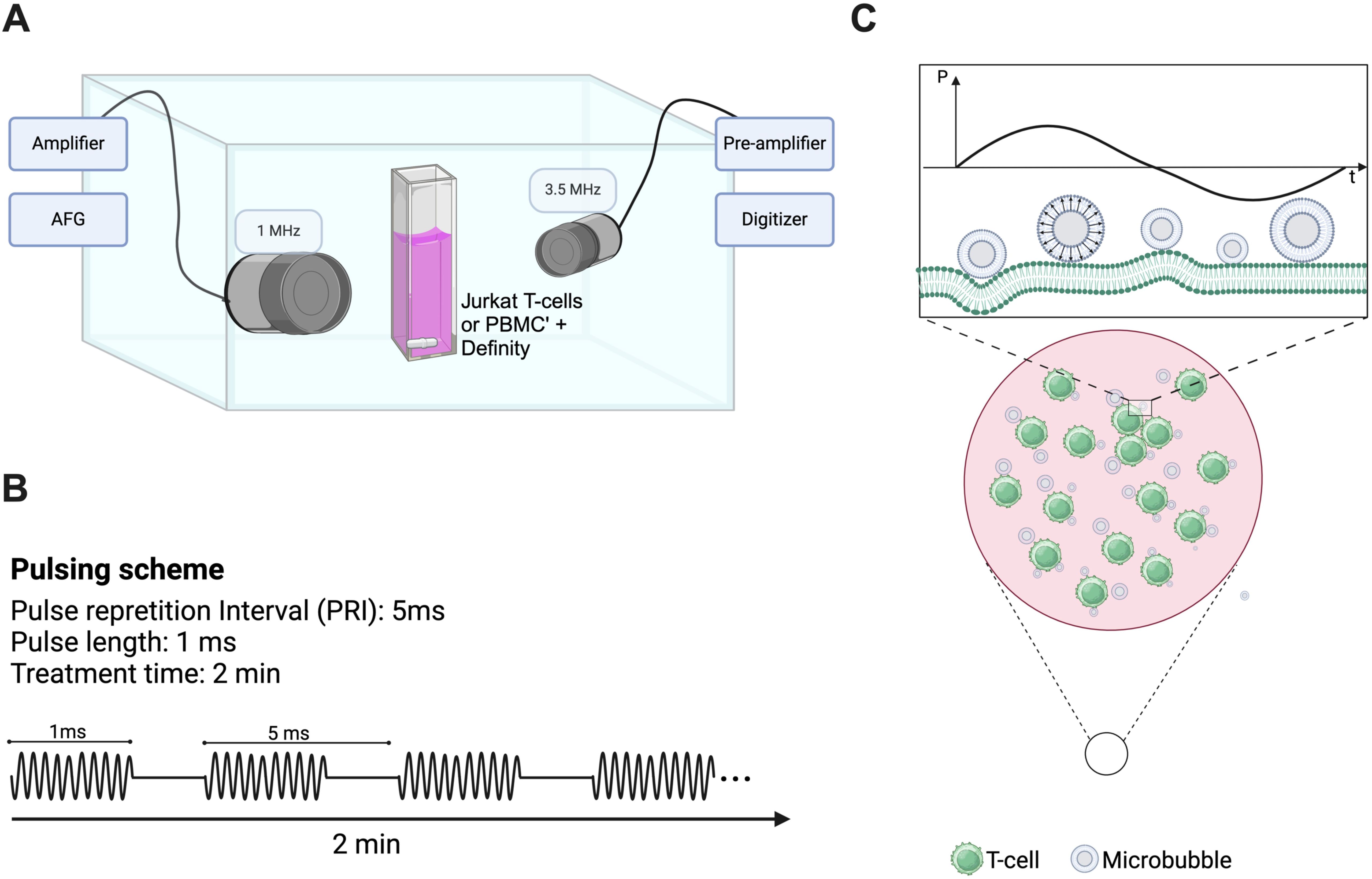2025-01-16 カリフォルニア大学サンディエゴ校 (UCSD)
<関連情報>
- https://today.ucsd.edu/story/microbial-cell-factories-may-help-get-to-the-root-of-understudied-plant-molecules
- https://www.science.org/doi/10.1126/science.adp0779
種子植物における組織間ストリゴラクトン生合成の進化 Evolution of interorganismal strigolactone biosynthesis in seed plants
Anqi Zhou, Annalise Kane, Sheng Wu, Kaibiao Wang, […], and Yanran Li
Science Published:17 Jan 2025
DOI:https://doi.org/10.1126/science.adp0779
Editor’s summary
Strigolactones (SLs) are small signaling molecules that are involved in signaling with other plants and soil microbes and in plant growth and development. Although the functional roles of SLs are well characterized, less is known about the evolution of SL biosynthesis in seed plants. Zhou et al. leveraged a synthetic biology approach to identify the function of a cytochrome P450 enzyme, CYP722C, that catalyzes a critical step in the conversion of carlactonoic acid (CLA) to canonical SLs. CYP722A, an evolutionary predecessor of CYP722C, converts CLA into a noncanonical SL, 16-hydroxy-CLA, that is primarily detected in shoots and involved in control of shoot branching. 16-hydroxy-CLA is converted to other likely bioactive forms of SLs by two enzymes, so its biosynthesis by CYP722A is proposed to be a critical step in the evolution of canonical SLs. —Ankit Walia
Structured Abstract
BACKGROUND
Plant development and adaptive responses to the environment are regulated by small, mobile molecules known as hormones. Strigolactones are a class of plant hormones that control many traits, including shoot and root architecture, senescence, drought tolerance, and cambial growth. However, strigolactones may have originally served as signals for interorganismal communication, rather than as hormones. Plants exude strigolactones from roots, particularly during low nitrogen or phosphorus availability, which recruits symbiotic interactions with microbes that can alleviate nutrient deficiencies. A downside of this strategy is that many parasitic plants that attach to roots, including several major agricultural weeds, evolved to use strigolactones as germination cues and/or for chemotropic growth toward a host.
Perhaps because of evolutionary pressures from these plant-biotic interactions, plants collectively produce a diverse array of strigolactones. The strigolactone family is divided by structural differences into canonical strigolactones, which primarily have external signaling roles, and noncanonical strigolactones, which are believed to primarily serve as hormones. Both classes share a common precursor, carlactonoic acid (CLA), that is formed from all-trans-β-carotene (ATβC).
The initial conversion of CLA to canonical strigolactones is carried out by cytochrome P450 enzymes. In most flowering plants, this reaction is catalyzed by proteins in the CYP722C clade. Several other enzymes have been found to diversify strigolactone structures, but the biosynthesis and specific functions of many strigolactones remain unresolved.
RATIONALE
We hypothesized that CYP722C homologs might also produce strigolactones. CYP722A and monocot-specific CYP722B proteins form an uncharacterized sister clade to CYP722C that is widely distributed in seed plants. Functional investigations of CYP722A/B proteins and other candidate strigolactone biosynthesis enzymes are complicated by the limited availability or stability of likely substrates, such as CLA, the unknown nature of their metabolic products, and the low abundance of strigolactones in plants. New approaches are required to bypass these limitations.
The development of microbial cell factories through synthetic biology and metabolic engineering strategies has greatly facilitated access to chemical substrates and products, simplifying the characterization of enzymes and the structural elucidation of previously unidentified metabolites. Furthermore, authentic standards provided by microbial cell factories and advances in targeted metabolomics technologies now enable detection of low-abundance compounds in plant samples with greater reliability and clarity. We took advantage of these tools to investigate CYP722A function.
RESULTS
We optimized a microbial consortium that expresses the core plant strigolactone biosynthesis pathway in Escherichia coli and Saccharomyces cerevisiae hosts to yield 125-fold greater titers of a canonical strigolactone. Coexpression of CYP722A and CYP722B genes from 16 plant species in the consortium produced a previously unidentified compound from CLA that was determined to be a noncanonical strigolactone, 16-hydroxy-carlactonoic acid (16-OH-CLA). We detected 16-OH-CLA only in the shoot tissues of plants, in contrast to other known strigolactones.
16-OH-CLA shows strigolactone properties in vivo. It suppresses axillary shoot branching in strigolactone-deficient Arabidopsis thaliana plants and signals through the strigolactone receptor DWARF14. Unexpectedly, 16-OH-CLA deficiency has no effect on shoot branching. We discovered that 16-OH-CLA activity in seedlings requires genes involved in noncanonical strigolactone biosynthesis, CARLACTONOIC ACID METHYLTRANSFERASE (CLAMT) and LATERAL BRANCHING OXIDOREDUCTASE (LBO). In the microbial consortium, the sequential action of CLAMT and LBO consumes 16-OH-CLA, producing methyl 16-hydroxycarlactonoate and an unknown metabolite. Because CLAMT also uses CLA as a substrate, we hypothesize that CLA shunts into CLAMT- and LBO-mediated metabolism to compensate for the loss of CYP722A in Arabidopsis.
We used structural models to identify candidate residues that differentiate the activities of CYP722A and CYP722C on CLA. A single amino acid change in the active site of CYP722A proteins gains production of 18-OH-CLA, an intermediate in canonical strigolactone formation by CYP722C.
CONCLUSION
The evolution of CYP722C proteins from CYP7722A was a key transition in strigolactone biosynthesis by seed-bearing plants. A change in the site of CLA oxidation led to emergence of a class of strigolactones that mediate plant-biotic interactions.

Synthetic biology–enabled characterization of strigolactone biosynthesis genes.
An engineered microbial consortium reconstitutes strigolactone biosynthesis. CYP722A proteins are homologous to CYP722C in angiosperms. CYP722A oxidizes CLA at C16, whereas CYP722C oxidizes CLA at C18. These intermediates are converted to noncanonical strigolactones or canonical strigolactones that signal to other organisms in soil, respectively. A single mutation enables both types of oxidations. CL, carlactone; SL, strigolactone.
Abstract
Strigolactones (SLs) are methylbutenolide molecules derived from β-carotene through an intermediate carlactonoic acid (CLA). Canonical SLs act as signals to microbes and plants, whereas noncanonical SLs are primarily plant hormones. The cytochrome P450 CYP722C catalyzes a critical step, converting CLA to canonical SLs in most angiosperms. Using synthetic biology, we investigated the function of CYP722A, an evolutionary predecessor of CYP722C. CYP722A converts CLA into 16-hydroxy-CLA (16-OH-CLA), a noncanonical SL detected exclusively in the shoots of various flowering plants. 16-OH-CLA application restores control of shoot branching to SL-deficient mutants in Arabidopsis thaliana and is perceived by the SL signaling pathway. We hypothesize that biosynthesis of 16-OH-CLA by CYP722A was a metabolic stepping stone in the evolution of canonical SLs that mediate rhizospheric signaling in many flowering plants.


